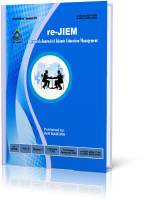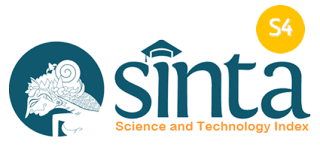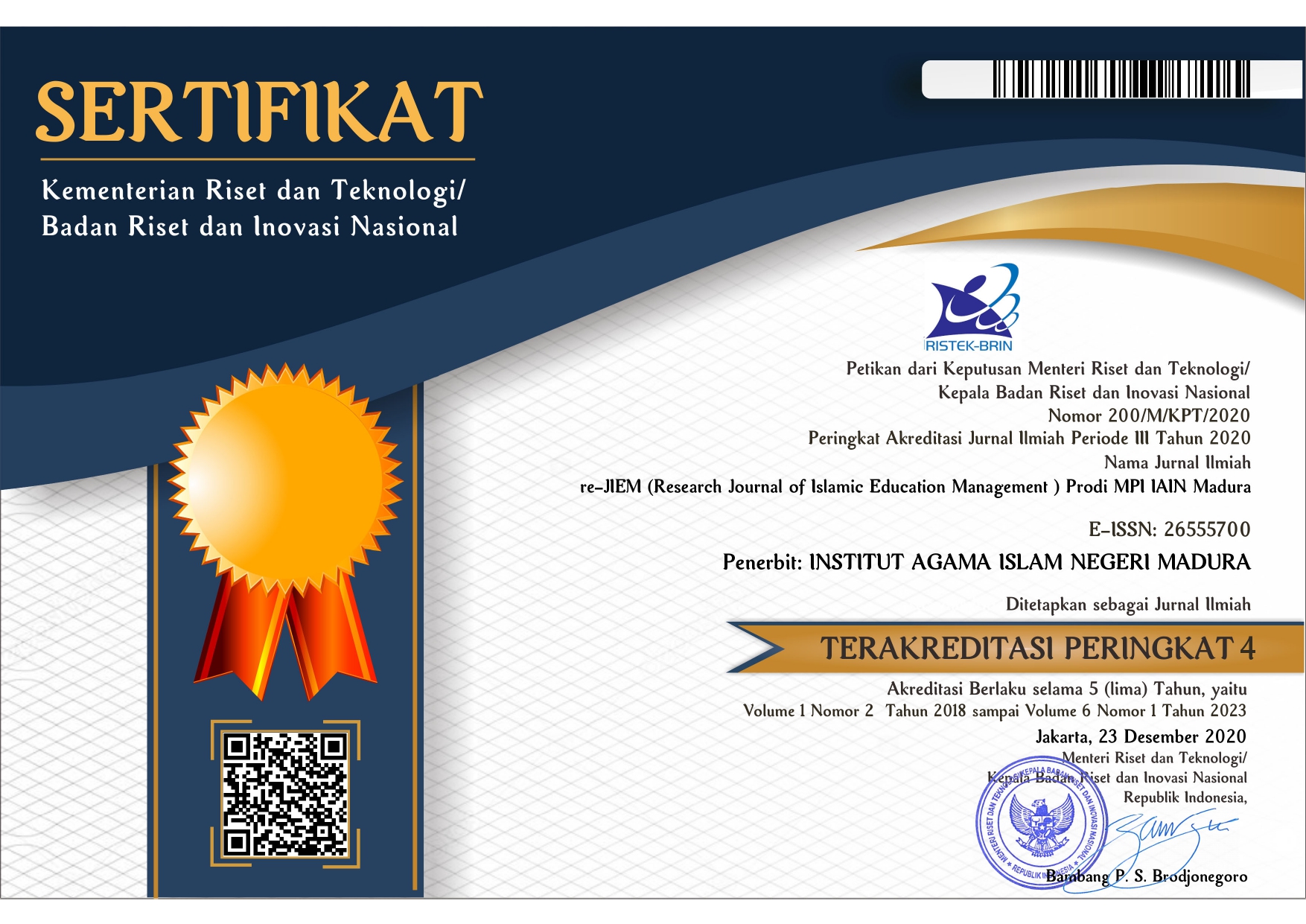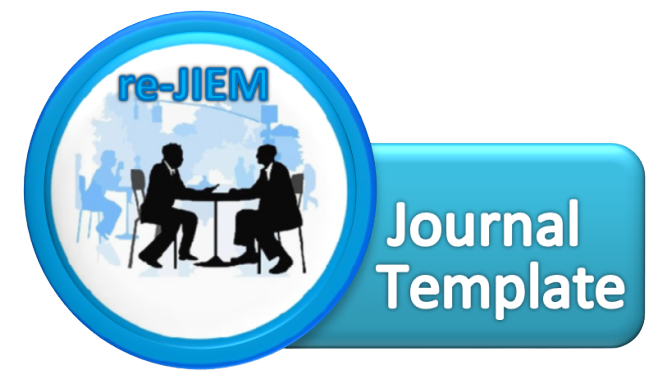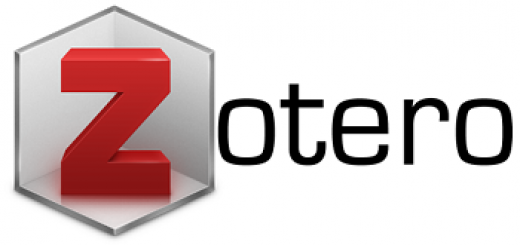INNOVATION OF EDUCATIONAL MARKETING MIX IN IMPROVING COMPETITIVENESS AT AR RAHMAT JUNIOR HIGH SCHOOL BOJONEGORO
 Abstract views: 217
,
Abstract views: 217
,
 PDF ENGLISH downloads: 192
PDF ENGLISH downloads: 192
Abstract
This study aims to examine the innovation of the marketing mix of educational services in increasing competitiveness and customer value at Junior High School Rahmat. This research uses a qualitative approach with a case study method. Data collection was conducted through in-depth interviews, observation, and documentation. The results showed that Junior High School Ar Rahmat has innovated the marketing mix in several aspects, such as product innovation, price, promotion, and place. The innovation is directed to provide added value for customers and increase student’s and parent’s satisfaction. This research provides advice for Junior High School Ar Rahmat in innovating the marketing mix, such as improving service quality, expanding the reach of promotions, offering more varied educational programs, providing financial assistance, and collaborating with educational institutions or companies. This research can provide input for decision-makers in the world of education to innovate the marketing mix in an effort to increase competitiveness and customer value in schools.
Downloads
References
Abrori, Maskub. “Strategi Pemasaran Lembaga Pendidikan Untuk Meningkatkan Jumlah Peserta Didik Di PG/TK Samarinda.” SYAMIL: Jurnal Pendidikan Agama Islam (Journal of Islamic Education) 3, no. 2 (2015).
Alfajri, Muhamad Fitra, Viranda Adhiazni, Qurrotul Aini, U Islam, N Syarif, and H Jakarta. “Pemanfaatan Social Media Analytics Pada Instagram Dalam Peningkatan Efektivitas Pemasaran.” Interaksi: Jurnal Ilmu Komunikasi 8, no. 1 (2019): 34–42.
Alwi, Muhammad. “Kepemimpinan Transformasional: Meningkatkan Daya Saing Perguruan Tinggi Di Era Industri 4.0.” JUPENJI: Jurnal Pendidikan Jompa Indonesia 1, no. 2 (2022): 87–97.
Ariq, Fathan, Nailul Muna, Rhama Fahrezy Syumantra, and others. “Analysing Segmenting, Targeting and Positioning ToFormulate Global MarketingStrategy For Asahan’s Opak Crackers.” Journal of Social Research 1, no. 2 (2022): 91–100.
Ayunisa, Laily Nuril, and Muhamad Sholeh. “Strategi Lembaga Pendidikan Formal Dalam Meningkatkan School Branding Pada Masa Pandemi Covid-19.” Jurnal Inspirasi Manajemen Pendidikan 10, no. 01 (2022): 59–72.
Dayat, M. “Strategi Pemasaran Dan Optimalisasi Bauran Pemasaran Dalam Merebut Calon Konsumen Jasa Pendidikan.” Jurnal Mua’allim 1, no. 2 (2019): 299–318.
DiMartino, Catherine, and Sarah Butler Jessen. “School Brand Management: The Policies, Practices, and Perceptions of Branding and Marketing in New York City’s Public High Schools.” Urban Education 51, no. 5 (2016): 447–75.
Dwianto, Agung Surya. “Social Entrepreneur Ship: Inovasi Dan Tantangannya Di Era Persaingan Bebas.” Majalah Ilmiah Bijak 15, no. 1 (2018): 68–76.
Faizin, Imam. “Strategi Pemasaran Jasa Pendidikan Dalam Meningkatkan Nilai Jual Madrasah.” Jurnal Madaniyah 7, no. 2 (2017): 261–83.
Glendy Tangkilisan, Sem G Oroh dan Agus Supandi Soegoto. “Bauran Pemasaran Jasa Pendidikan Pengaruhnya Terhadap Keputusan Siswa Dalam Memilih Sekolah Di SMKN Manado.” Jurnal EMBA 2, no. 4 (2014): 269–77.
Hananto, Sigit, and Nurul Hidayati Murtafiah. “Strategi Manajemen Pemasaran Pendidikan Madrasah.” JURNAL AN-NUR: Kajian Ilmu-Ilmu Pendidikan Dan Keislaman 8, no. 02 (2022): 182–200.
Hartono, Hendry, Karyana Hutomo, and Marshelia Mayangsari. “Pengaruh Strategi Pemasaran Terhadap Peningkatan Penjualan Pada Perusahaan” Dengan Menetapkan Alumni Dan Mahasiswa Universitas Bina Nusantara Sebagai Objek Penelitian.” Binus Business Review 3, no. 2 (2012): 882–97.
Mamik. Metodologi Kualitatif. sidoarjo: Zifatama Publisher, 2015.
Manurung, Junita, and Harlyn L Siagian. “Membangun Brand Image Sebagai Manajemen Strategi Dalam Upaya Meningkatkan Daya Saing Pada Lembaga Pendidikan.” INOVATIF: Jurnal Penelitian Pendidikan, Agama, Dan Kebudayaan 7, no. 2 (2021): 170–86.
Mohamad, Roni, and Endang Rahim. “Strategi Bauran Pemasaran (Marketing Mix) Dalam Perspektif Syariah.” MUTAWAZIN (Jurnal Ekonomi Syariah) 2, no. 1 (2021): 15–26.
Nurjanah, Siti. “Peranan Manajemen Inovasi Dalam Meningkatkan Kinerja Organisasi Pendidikan.” In Conference In Business, Accounting, And Management (CBAM), 2:27–33, 2015.
Retnawati, Heri, Janu Arlinwibowo, Ezi Apino, and others. “Strategy and Implementation of Character Education in Senior High Schools and Vocational High Schools.” Journal of Social Studies Education Research 9, no. 3 (2018): 370–97.
Sarifudin, Sarifudin, and Rahendra Maya. “Implementasi Manajemen Pemasaran Jasa Pendidikan Dalam Meningkatkan Kepuasan Pelanggan Di Madrasah Aliyah Terpadu (Mat) Darul Fallah Bogor.” Islamic Management: Jurnal Manajemen Pendidikan Islam 2, no. 02 (2019): 133. https://doi.org/10.30868/im.v2i02.513.
Setiawan, Abi Anggito dan Johan. Metodologi Penelitian Kualitatif. Sukabumi: jejak, 2018.
Sunarsi, Denok. “Pengaruh Bauran Pemasaran Dan Kualitas Pelayanan Terhadap Kepuasan Konsumen Pada Giant Dept Store Cabang BSD Tangerang.” E-Mabis: Jurnal Ekonomi Manajemen Dan Bisnis 21, no. 1 (2020): 7–13.
Ummah, Barirotul, and others. “Strategi Image Branding Universitas Nurul Jadid Di Era Revolusi Industri 4.0.” Tarbiyatuna: Jurnal Pendidikan Islam 12, no. 1 (2019): 59–81.
Utami, Hesty Nurul, and Iqbal Fauzi Akbar Firdaus. “Pengaruh Bauran Pemasaran Terhadap Perilaku Online Shopping: Perspektif Pemasaran Agribisnis.” Jurnal Ecodemica 2, no. 1 (2018): 136–46.
Wahyudi, Kacung, and Badrus Soleh. “Online-Based Promotion Model In Recruiting Outstanding New Students.” Re-JIEM (Research Journal of Islamic Education Management) 6, no. 1 (2023): 86–97.
Yanto, Wakhid Nur, Tri Joko Raharjo, and Titi Prihatin. “The Leadership Strategy of Madrasah Head in Improving Prospective Students’ Interest at MIN 1 Kendal.” Educational Management, 2020.
Yasmansyah, Yasmansyah, and Supratman Zakir. “Arah Baru Pendidikan Agama Islam Di Era Digitalisasi.” Jurnal Kajian Ilmu Pendidikan (JKIP) 3, no. 1 (2022): 1–10.
Copyright (c) 2023 Sahri, Prim Masrokan Mutohar, Agus Eko Sujianto

This work is licensed under a Creative Commons Attribution-ShareAlike 4.0 International License.
Authors who publish with this journal agree to the following terms:
Authors retain copyright and grant the journal right of first publication with the work simultaneously licensed under a Creative Commons Attribution-ShareAlike 4.0 International License that allows others to copy and redistribute the material in any medium or format with an acknowledgment of the work's authorship and initial publication in this journal and also allows to remix, transform, and build upon the material for any purpose, even commercially with contributions under the same license as the original.
Authors are able to enter into separate, additional contractual arrangements for the non-exclusive distribution of the journal's published version of the work (e.g., post it to an institutional repository or publish it in a book), with an acknowledgment of its initial publication in this journal.
Authors are permitted and encouraged to post their work online (e.g., in institutional repositories or on their website) prior to and during the submission process, as it can lead to productive exchanges, as well as earlier and greater citation of published work.


